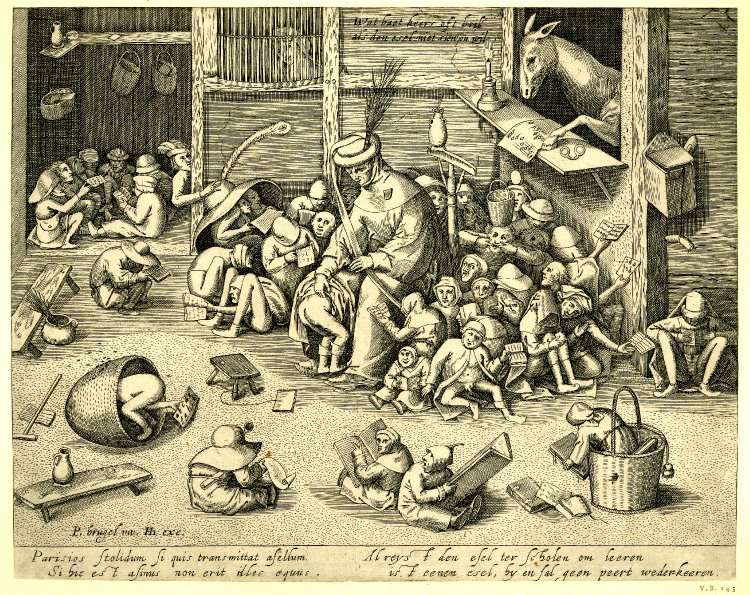A Shocking Number of States Still Allow Public School Teachers to Spank Students


Last week, Kansas state Rep. Gail Finney (D-Wichita) made headlines with a bill explicitly allowing parents and caregivers, teachers, and school personnel whom parents have given the greenlight to spank or strike children to the point of "redness or bruising." The matter was met with swift derision from both local and national media. John Stewart even got in on the game.
Finney says folks are taking her bill—designed to protect parents wrongly accused of abuse, particularly in custodial cases—out of context. "The part that just really amazes me is the number of people who have never really taken the time to even actually read the bill," she told local TV news station KSN.
The part that amazes me is how few critics acknowleged that Kansas already allows both parents and public school teachers to strike students. In fact, it's one of 19 states that still permit corporal punishment (including spanking and paddling) in public schools.
PolicyMic has a nice map of where school spankings are and aren't illegal. The majority of states that still allow it are concentrated in the Southeast. And within these states, the meting out of physical discipline is far from egalitarian. Rural students and boys are more likely to get spanked than non-rural and female students, according to PolicyMic analysis of data from the Civil Rights Data Collection. Disabled and minority students are also disproportionately likely to be struck by teachers.
In North Carolina, for instance, Native Americans make up only 2 percent of the public school population. Yet they received 35 percent of school corporal punishment in 2009, according to PolicyMic. In a little of my own data digging, I noticed that around the same number of black and white male students received corporal punishment in South Carolina in 2009—despite there being about 66,000 more white male students enrolled. In Louisiana, 2.4 percent of black male students received corporal punishment, compared to 1.4 percent of white male students.
PolicyMic's Alex Collazo suggests it's these types of disparities that keep corporal punishment alive and well in American schools (despite the fact that 80 percent of U.S. parents and 72 percent of all Americans are against it):
"More privileged students with more privileged parents … are rarely effected and thus unlikely to give the issue much thought. Those most passionate about changing these policies may lack the political power to influence the legislative or media agenda … The next time corporal punishment in schools enters the news cycle, think of the issue not as a controversy, debate or discussion, but a continuing and pernicious failure of American-style democracy."
For a deeper look at corporal punishment in U.S. schools, check out the short 2013 documentary The Board of Education.


Show Comments (119)